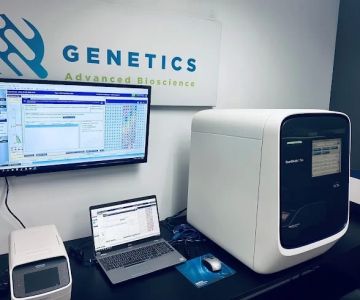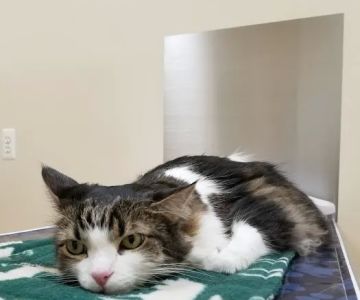Introduction: Understanding Oxygen Flow Rate in Veterinary Medicine
As a pet owner or veterinary professional, it’s crucial to know how to manage oxygen therapy properly, especially in emergency situations or during procedures. Oxygen is vital for animals, particularly for those with respiratory issues or those recovering from surgery. Calculating the correct oxygen flow rate is an essential skill in veterinary medicine, ensuring that the right amount of oxygen is delivered to the animal without causing harm. In this article, we will explore the process of calculating oxygen flow rates in veterinary medicine, why it matters, and how to ensure accurate dosing for your pet’s health and safety.
1. Why Oxygen Flow Rate is Crucial in Veterinary Medicine
Oxygen flow rate is a critical parameter in managing animal health, particularly for animals with respiratory conditions. Just like humans, pets need a consistent and adequate supply of oxygen to maintain vital body functions. The correct oxygen flow rate ensures that animals receive sufficient oxygen to support healing and recovery, while preventing potential complications from either insufficient or excessive oxygen. In this section, we will explain the importance of proper oxygen delivery and how the flow rate directly impacts treatment outcomes.

Davmor Center, 4300 SW 73rd Ave Ste 107, Miami, FL 33155, USA
See Details2. Factors Affecting Oxygen Flow Rate for Animals
Calculating the correct oxygen flow rate for pets requires considering several factors, such as the animal’s size, breed, age, and the nature of their condition. Smaller animals generally require less oxygen than larger ones, and certain breeds may have specific oxygen needs based on their health or physical characteristics. Additionally, factors such as respiratory rate, oxygen saturation levels, and whether the animal is in a critical condition can all influence the appropriate oxygen flow. In this section, we’ll dive deeper into how these factors are accounted for in the calculation process.
3. The Formula for Calculating Oxygen Flow Rate
The oxygen flow rate is typically calculated using the following formula:
Oxygen Flow Rate (L/min) = (Desired Oxygen Concentration x Desired Volume) / Oxygen Concentration Available.
This formula is useful for determining the amount of oxygen that needs to be delivered to the animal to achieve the desired concentration, based on the oxygen system's available concentration. In this section, we will go over the steps in applying this formula and provide examples to demonstrate how to calculate oxygen flow for various animals in different clinical situations.
4. Tools and Equipment Used for Oxygen Delivery
To accurately measure and deliver oxygen to animals, several tools and equipment are used in veterinary practices. Oxygen tanks, flow meters, and nasal cannulas are commonly used for pets requiring supplemental oxygen. Understanding how these tools work is essential for accurate delivery. This section will outline the various types of equipment used for oxygen administration, their proper settings, and how they relate to the calculation of the correct oxygen flow rate.
5. Common Mistakes to Avoid in Oxygen Flow Rate Calculations
Even experienced veterinary professionals can make mistakes when calculating oxygen flow rates. Common errors include miscalculating the flow rate based on incorrect formulas, failure to account for the animal’s specific needs, and not monitoring the animal’s response to oxygen therapy. In this section, we will discuss these common mistakes and provide practical advice on how to avoid them. Understanding the potential pitfalls and being proactive in preventing errors is crucial for the safety and recovery of the animal.
6. Monitoring and Adjusting Oxygen Flow Rate During Treatment
Once the oxygen flow rate has been calculated and the therapy has begun, continuous monitoring is essential. This involves checking the animal’s oxygen saturation levels regularly and adjusting the flow rate as needed based on the animal’s condition. In this section, we will explore the tools and techniques used to monitor oxygen therapy and how adjustments can be made to improve treatment outcomes. We will also cover how veterinary professionals make decisions regarding oxygen adjustments during the course of treatment.
Conclusion: Ensuring Effective Oxygen Therapy in Veterinary Medicine
Accurately calculating and administering oxygen therapy is vital for pets, particularly those in critical care or recovering from illness. By understanding the factors that affect oxygen flow rates and applying the correct calculations, veterinary professionals can ensure that their patients receive the best possible care. Monitoring the animal’s response and avoiding common mistakes is equally important in providing safe and effective treatment. Always consult with a veterinary professional to determine the best course of action for your pet’s specific needs. If you need assistance with oxygen therapy or have concerns about your pet’s health, don’t hesitate to reach out to a trusted veterinary expert.










